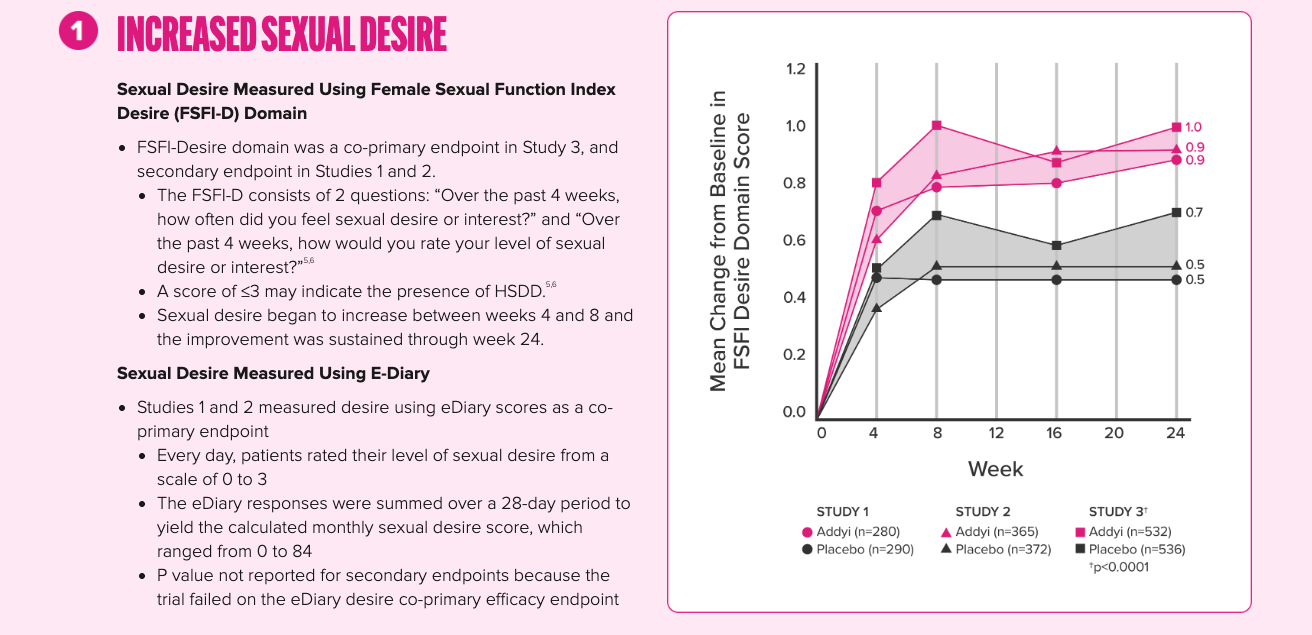Cramping unfortunately doesn’t end even if your period does. Here’s how to get relief.

Cramping unfortunately doesn’t end even if your period does. Here’s how to get relief.
You might unfortunately be familiar with premenstrual syndrome (PMS) symptoms like cramping. It’s natural to assume that during perimenopause—the transition to having no more periods—you might not experience these types of PMS symptoms. However, that’s not always the case.
Perimenopause cramps are cramps that happen as you transition to menopause. Unlike period cramps, they might not happen during a specific time in your cycle, but instead happen when hormone fluctuations occur during perimenopause. Learning more about your perimenopause cramps can help you navigate symptoms and ensure cramping isn’t a sign of something more serious—and seek professional help if you need it.
What are perimenopause cramps?
Perimenopause cramps are feelings of discomfort in your abdominal area during perimenopause, which usually starts around your late 30s to early 40s, and continues for four to eight years. These cramps can vary in intensity and duration throughout this transition; some people may experience waves of mild discomfort, while others might endure more intense and prolonged pain.
What causes perimenopause cramps?
During perimenopause, your hormones—specifically estrogen and progesterone—fluctuate, leading to a hormonal imbalance that can cause all kinds of horrible perimenopause symptoms. These fluctuations are responsible for psychological symptoms like mood swings and brain fog, but also for physical symptoms like hot flashes, joint pain, and cramps.
Perimenopause cramps occur when hormonal shifts affect the production and regulation of prostaglandins, which are involved in signaling uterine contractions. An increase in estrogen—which is a common fluctuation during perimenopause—can elevate levels of prostaglandins, and therefore increase the level of cramping you feel.
While natural perimenopause hormonal fluctuations can directly cause increased cramping, perimenopause cramping can also happen as a result of:
- Irregular menstrual cycles: Irregular cycles are common during perimenopause, especially as you near the end of this transition. The fluctuations in the duration and frequency of menstrual periods can contribute to the occurrence of perimenopause cramps. The unpredictability of these cycles may intensify the cramping sensations, causing discomfort for some women.
- Ovarian function changes: During perimenopause, the ovaries produce fewer eggs, leading to changes in reproductive function. The reduced ovarian activity contributes to the hormonal imbalances that, in turn, manifest as perimenopause cramps. The ovaries' declining ability to regulate hormonal levels plays a pivotal role in the onset of various perimenopausal symptoms, including cramping.
- Lifestyle factors: Chronic stress, sedentary habits, and poor dietary choices can contribute to the severity and frequency of cramps.
- Underlying medical conditions: In some cases, perimenopause cramps can be influenced by conditions like fibroids or endometriosis. These conditions can coexist with perimenopause and contribute to increased cramping. It is crucial for women experiencing persistent or severe cramps to consult with a healthcare professional to rule out any potential underlying issues.
Perimenopause cramps but no period: What’s happening?
Yes, you can still get perimenopause cramps even if you’re not getting a period. This is because cramping isn’t a result of your period, but rather hormonal fluctuations.
When you still have a regular menstrual cycle, estrogen increases the few days before your period during your luteal phase. This increase in estrogen triggers the production of prostaglandins, which are involved in signaling uterine contractions.
During perimenopause, you don’t have this natural increase in estrogen because your period is about to come. However, estrogen still rises during this transition as your hormones fluctuate. Whenever estrogen rises, you may be at risk for cramps—even if there’s no period coming after.
What do perimenopause cramps feel like?
Perimenopause cramps and period cramps tend to feel the same physically, yet the main difference is when they occur. Perimenopause cramps typically will start anywhere from your early 30’s to mid 40’s, when perimenopause begins. They also might be a duller, more persistent ache rather than the sharp, intense contractions you’re used to. Some women describe a feeling of heaviness or pressure in the lower abdomen or pelvis. Others might experience sharp, fleeting pains that come and go without warning, or a constant, low-level cramping sensation that lingers for a day or more.
The key difference often isn't in the sensation itself, but in its unpredictable nature. While period cramps usually follow a predictable pattern—appearing right before or during your period—perimenopause cramps can strike unexpectedly, regardless of where you are in your cycle. They can be a surprise wake-up call in the middle of the night or a persistent distraction throughout the day. This inconsistency is another hallmark of the hormonal fluctuations that define this transition period, making the experience of cramping less predictable but no less manageable.
Perimenopause Cramps Treatment
Perimenopause cramps treatment is similar to how many women might approach dealing with PMS cramps: a mix of lifestyle changes, pain medications, and, in more extreme cases, hormone therapies.
Natural remedies for perimenopause cramp treatment
To soothe perimenopause cramps naturally, you can make lifestyle adjustments like:
- Dietary changes: Eating magnesium-rich foods, like leafy greens, nuts, seeds, and whole grains can help reduce cramps and discomfort.
- Regular physical activity: Regular exercises can improve blood circulation and reduce muscle tension. This exercise does not need to be strenuous—even a brisk walk to get your blood circulating can help. Yoga and stretching, specifically, can target areas prone to cramping.
- Warm compresses or baths: Applying heat to your abdominal area, whether through a compress or hot water, can help relax your muscles.
These remedies can help address cramping pains as they arise by reducing muscle tension.
Medical interventions
Over-the counter medications, specifically nonsteroidal anti-inflammatory drugs (NSAIDs) can help relieve menstrual cramps. These medications, like Ibuprofen and Aleve, help relieve cramps by reducing the production of prostaglandins, which signal uterine contractions.
Healthcare professionals may also prescribe muscle relaxants for people who have more intense cramping to help ease pain. Be sure to discuss the potential benefits and risks with your doctor.
Hormone therapy
In some cases, doctors may recommend hormone therapy to help balance the hormonal fluctuations (like increases in estrogen) that can contribute to perimenopause cramps. While this therapy has its own risks, it can also address other perimenopause symptoms that happen due
When it comes to treating perimenopause cramps, it’s common to use a combination of lifestyle adjustments and medical interventions. Every person is different, so working closely with a healthcare providers can help ensure you’re using the right strategies for you.
Perimenopause cramps: the bottom line
While perimenopause is about the end of your menstrual cycle, that doesn’t mean the end of some symptoms that come with that cycle—specifically, cramping. While cramps are a common PMS symptom, they’re not caused by your period, but rather because of the hormonal fluctuations that happen before your period. During perimenopause, the same hormonal fluctuations happen even if you’re not getting a period, which means you may experience cramps during this time.
While cramping is never fun, there are various strategies to help navigate this symptoms—and chances are, what’s worked to help your pain pre-perimenopause can still help alleviate discomfort now. Whether you use lifestyle adjustments, over-the-counter medication, or hormone therapy, there are many ways to find relief.
About the author

Sources
- Barcikowska, Z., Rajkowska-Labon, E., Grzybowska, M. E., Hansdorfer-Korzon, R., & Zorena, K. (2020). Inflammatory Markers in Dysmenorrhea and Therapeutic Options.
- Callan, N.G.L., Mitchell, E.S., Heitkemper, M.M. et al. (2019). Abdominal pain during the menopause transition and early postmenopause: observations from the Seattle Midlife Women’s Health Study.
About the Oova Blog:
Our content is developed with a commitment to high editorial standards and reliability. We prioritize referencing reputable sources and sharing where our insights come from. The Oova Blog is intended for informational purposes only and is never a substitute for professional medical advice. Always consult a healthcare provider before making any health decisions.



